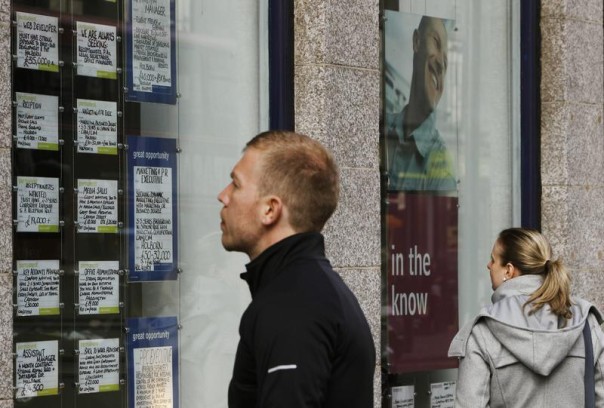Government Grants
Business Grants
Home Owner Programs
Federal Programs
About Us
Community Development Block Grants/Special Purpose Grants/Insular Areas
Related Programs
Examples of Funded Projects
Housing rehabilitation, infrastructure and public facilities development, and/or improvements, economic development initiatives, microenterprise/small business creation and/or assistance, and first-time home buyer assistance.
The Department of Housing and Urban Development's mission is to increase homeownership, support community development and increase access to affordable housing free from discrimination. HUD fulfills this mission through high ethical standards, management and accountability, and by forming partnerships with community organizations.
Or on the Internet, see: http://www.hud.gov/local/index.cfm.
Program Accomplishments
In their 2006 program year, the Insular Areas Expended 70 percent of their CDBG funds on public improvements, 12 percent on acquisition, and 7 percent on public services.
Uses and Use Restrictions
Activities must be eligible under 24 CFR 570 Subpart C.
Eligibility Requirements
Applicant Eligibility
The Island Governments of American Samoa, Guam, the Northern Mariana Islands, and the Virgin Islands.
Beneficiary Eligibility
The principal beneficiaries of CDBG funds are low and moderate income persons. Low and moderate income is generally defined as 80 percent of the median income for the territory, as adjusted by family size.
Credentials/Documentation
Costs will be determined in accordance with OMB Circular No. A-87 for State and local governments.
Aplication and Award Process
Preapplication Coordination
None.
This program is excluded from coverage under E.O.
12372.
Application Procedures
Each Insular Area shall submit a consolidated plan or an abbreviated consolidated plan to HUD no later than 45 days before the start of its program year.
Award Procedures
The Honolulu Field Office and the HUD San Juan Field Office are responsible for reviewing each consolidated plan or abbreviated consolidated plan and approving them if the submissions are in accordance with 24 CFR 91 and the certifications are acceptable to HUD.
Deadlines
Applicants must submit final statements no later than 45 days before the start of its program year.
Authorization
Housing and Community Development Act of 1974, as amended, Title I, Public Law 93-383, 42 U.S.C. 5306(a)(2).
Range of Approval/Disapproval Time
45 days.
Appeals
None.
Renewals
None.
Assistance Considerations
Formula and Matching Requirements
The funds are allocated according to population size of the applicants. There is no matching required.
Length and Time Phasing of Assistance
Assistance is available until project completion, and is released through a letter of credit.
Post Assistance Requirements
Reports
Financial management and annual performance reports as required by the Secretary.
Audits
In accordance with the provisions of OMB Circular No. A-133, "Audits of State and Local Governments and Nonprofit Organizations", nonfederal entities that expend $500,000 or more in a year in Federal awards should have a single audit conducted for that year in accordance with the provisions of the Circular.
Records
All records applicable to the assistance project must be kept for three years following the submission of the final expenditure report or until all audit findings have been resolved.
Financial Information
Account Identification
86-0162-0-1-451.
Obigations
(Grants) FY 07 $6,930,000; FY 08 est $7,000,000; and FY 09 est $7,000,000.
Range and Average of Financial Assistance
Funds awarded in FY 2008: American Samoa: $963,516; Guam: $2,851,151; Northern Marianas: $1,374,719; Virgin Islands: $1,810,614.
Regulations, Guidelines, and Literature
24 CFR 570 Subpart F.
Information Contacts
Regional or Local Office
Honolulu Field Office and the HUD San Juan Field Office as listed in Appendix IV of the print edition of this Catalog. Or on the Internet, see: http://www.hud.gov/local/index.cfm.
Headquarters Office
Office of Block Grant Assistance, Community Planning and Development, Department of Housing and Urban Development, 451 7th St., S.W., Washington, DC 20410. Telephone: (202) 708-1322. E-mail: Stephen.M.Rhodeside@hud.gov.
Criteria for Selecting Proposals
Not applicable.
Social Entrepreneurship
Spotlight
Change in the World of Work and Enterprise: Get Young People Into Work

The position young people are dealt with can be complex, and yet the entire economic system is still focused for an age that’s almost gone astray. The solution? Promoting social enterprise and getting these young people integrated into work.

